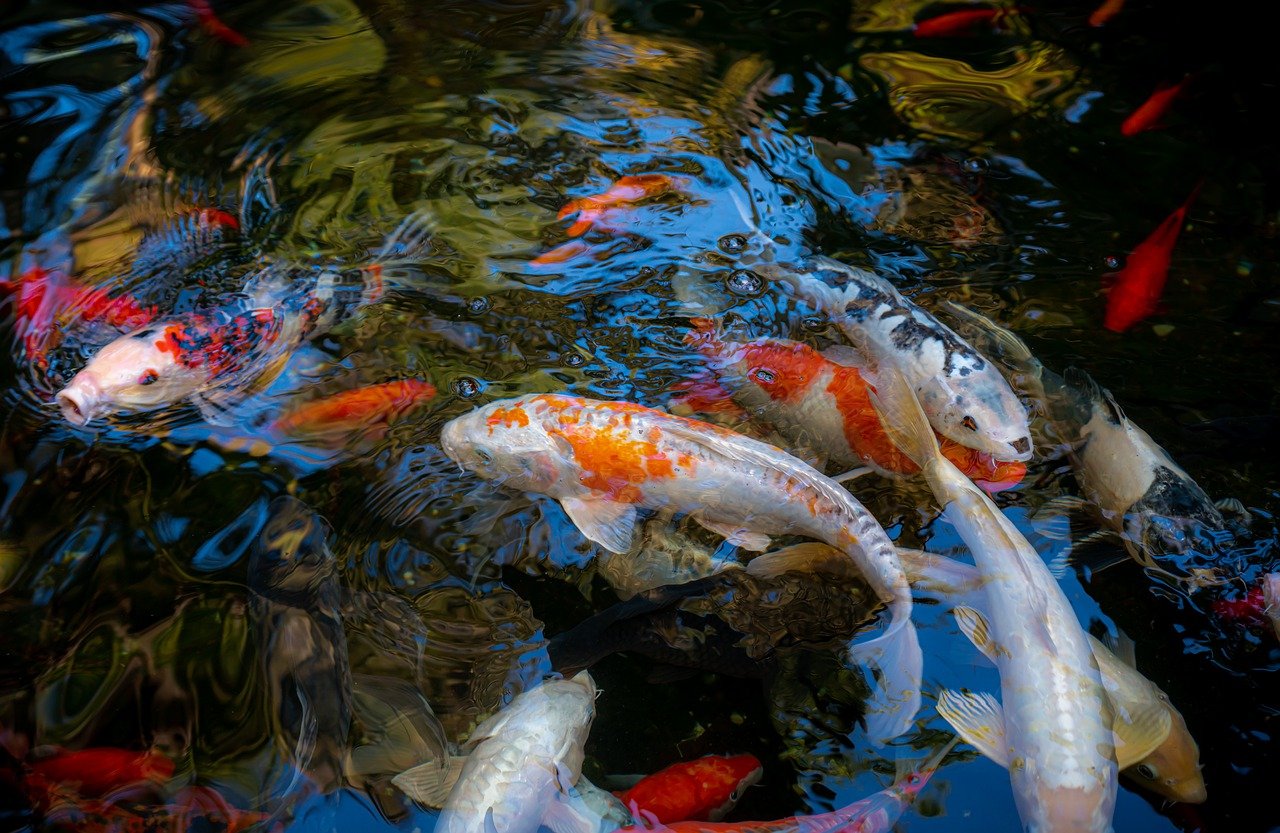How to Implement a Successful Sustainable Fisheries Plan
betbhai9.com whatsapp number, radhe exchange id, lotus365 login:Are you looking to implement a successful sustainable fisheries plan? You’ve come to the right place! Sustainable fisheries are essential for protecting our oceans and ensuring the long-term viability of seafood resources. By following the guidelines and tips outlined below, you can create a plan that is both effective and environmentally conscious.
Understand the Current State of Fisheries
Before implementing a sustainable fisheries plan, it’s crucial to understand the current state of fisheries in your area. This includes assessing the health of fish populations, the impact of fishing practices, and any regulatory frameworks that are already in place. By gathering this information, you can identify key areas for improvement and develop a targeted plan to address them.
Set Clear Goals and Objectives
Once you have a better grasp of the current state of fisheries, it’s time to set clear goals and objectives for your sustainable fisheries plan. These goals should be specific, measurable, achievable, relevant, and time-bound (SMART). By establishing clear objectives, you can track progress, measure success, and ensure that your plan is making a positive impact.
Implement Sustainable Fishing Practices
One of the most critical aspects of a sustainable fisheries plan is implementing sustainable fishing practices. This includes setting catch limits, implementing gear restrictions, and promoting responsible fishing practices among local fishers. By prioritizing sustainability in your fishing operations, you can help protect fish populations and ensure the long-term health of the marine ecosystem.
Engage Stakeholders and Communities
Effective stakeholder engagement is key to the success of any sustainable fisheries plan. By involving key stakeholders, such as fishers, seafood suppliers, government agencies, and environmental organizations, you can build support for your plan and ensure that it reflects the needs and priorities of all involved parties. Community engagement is particularly important, as local communities often rely on fishing for their livelihoods and food security.
Monitor and Evaluate Progress
Once your sustainable fisheries plan is in place, it’s essential to monitor and evaluate progress regularly. This includes tracking key indicators, such as fish populations, catch levels, and compliance with regulations. By regularly assessing the impact of your plan, you can make adjustments as needed and ensure that it remains effective in achieving its goals.
Promote Transparency and Accountability
Transparency and accountability are crucial principles in sustainable fisheries management. By promoting transparency in your operations, you can build trust among stakeholders and demonstrate your commitment to sustainability. Additionally, holding all parties accountable for their actions helps ensure that everyone is working towards the common goal of sustainable fisheries.
FAQs
Q: How can I promote sustainable fishing practices among local fishers?
A: You can promote sustainable fishing practices among local fishers by providing training and education on responsible fishing techniques, enforcing regulations, and offering incentives for compliance with sustainable practices.
Q: What role do government agencies play in sustainable fisheries management?
A: Government agencies play a critical role in sustainable fisheries management by establishing regulations, monitoring compliance, and enforcing penalties for violations. They also provide funding for research and conservation efforts to support sustainable fisheries.
Q: How can consumers support sustainable fisheries?
A: Consumers can support sustainable fisheries by choosing seafood products that are certified as sustainable, such as those labeled with the Marine Stewardship Council (MSC) logo. By making informed choices at the grocery store or when dining out, consumers can help drive demand for sustainable seafood and encourage fishers to adopt more responsible practices.






